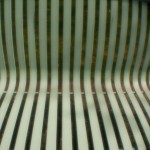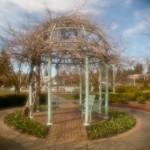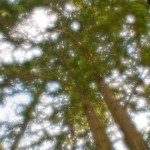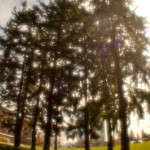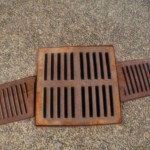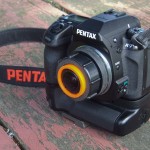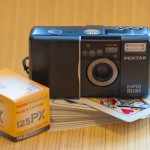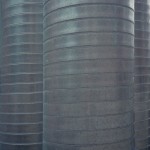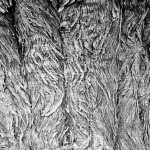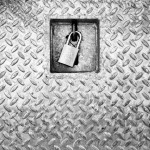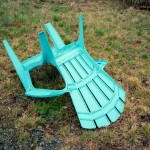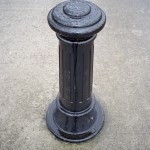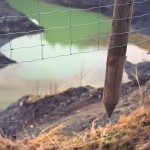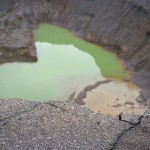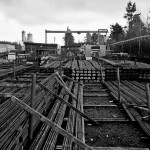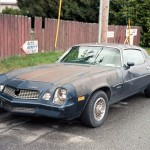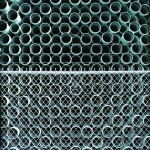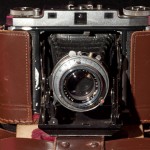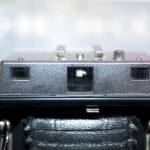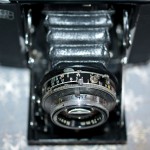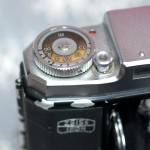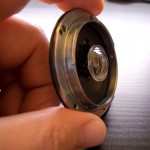Apr
2
2012

These three little clam shells have something else in common other than their method of opening. They all have a thumb wheel for advancing the film, which adds to making them look like toys or disposable cameras. The thing is they most definitely are not disposable, each of them sports a unique lens that out performs there appearance. Here are links to the Olympus XA2 and Konica Pop10 but this post is about my most recent use of the Cosina CX7.
My Cosina CX7 has been unused for several years now, mostly for the reason that I haven’t gotten back around to it. Two years seems to be just enough time without using a camera for me to feel a little sense of newness when using the old stuff. I was pleasantly surprised by the results particularly the exposure system which gave me a full roll of images that all scanned easily.
There is something so quirky about this cameras design too from it’s boxiness to the clamshell that slides up to reveal the lens. A lens which has as, you guessed it, a quirky 33mm focal length.
And in case your wondering the fire was a training exercise for a local fire department, nothing but the house was harmed.
3 comments | posted in Cameras, Photography
Mar
26
2012
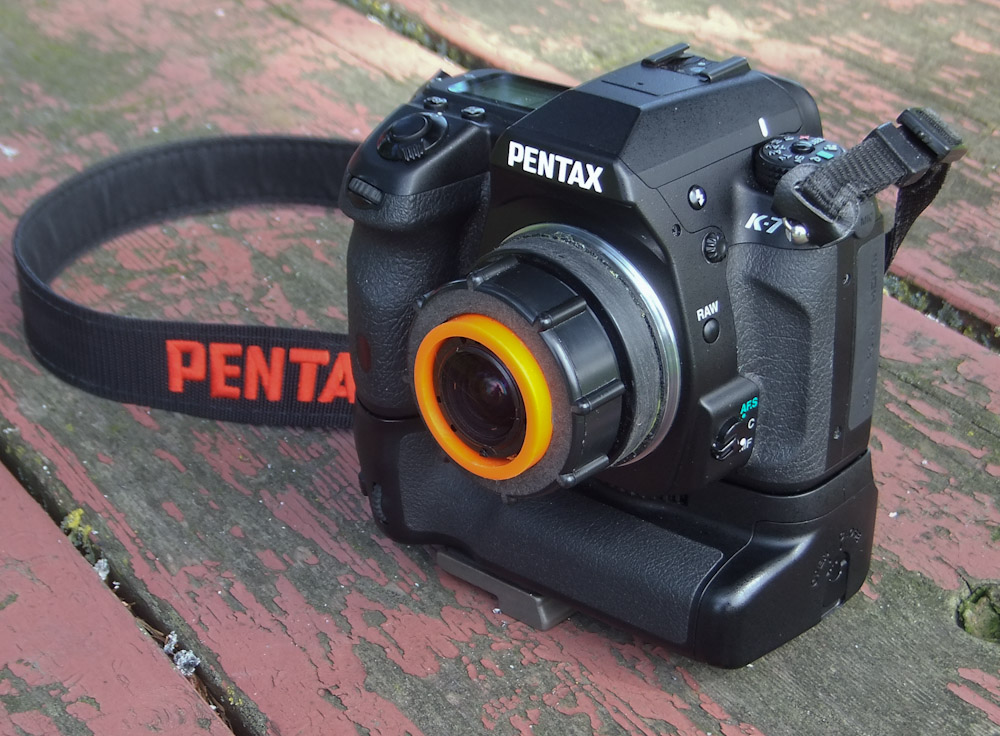
So after creating the worlds thinnest pancake lens I thought I would try my hand at making a wide-angle lens. The first thing I should mention is that the image quality is on par with the cost and I think I spent about $5 total making this lens. This is possible because a certain percentage of the cameras that I acquire are dysfunctional so they end up being disassembled for their bits. It’s those bits that I use to make other things such as this lens. I did need to buy a $2.69 piece of ABC plumbing in order to make the body of the lens.
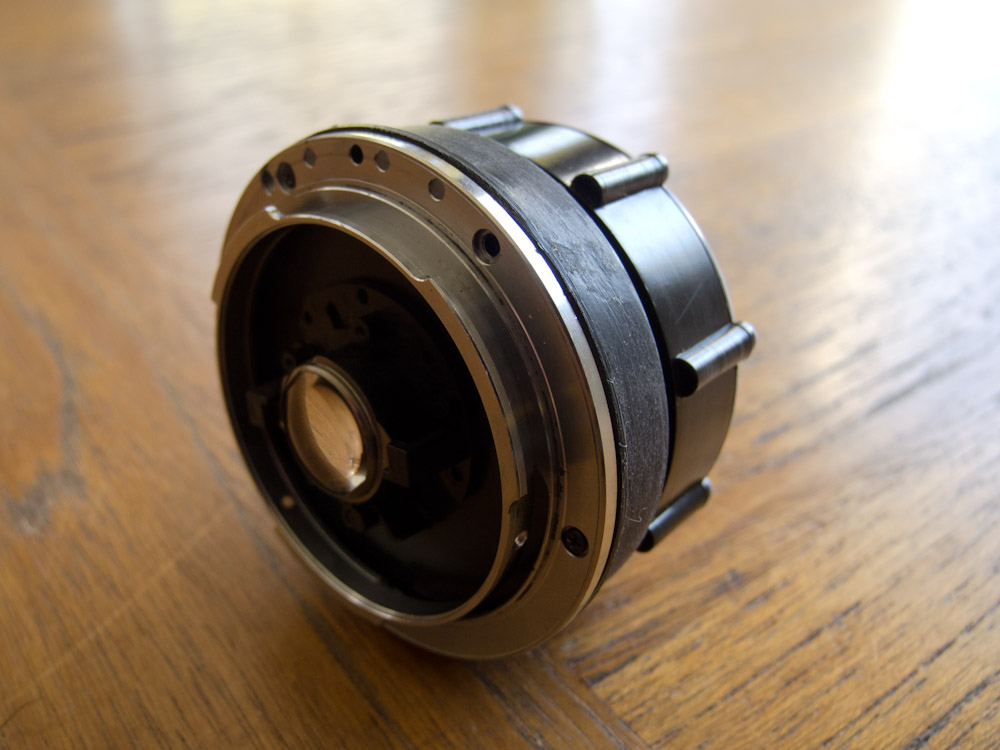
While I don’t know exactly where these lens elements came from, they are essentially the rear elements from two point and shoot cameras, one of them turned around to become the front group. Realistically your not going to be able to deal with most of the distortion when you do something like this so why fight it. This is the look of this lens take it or leave it. It turns out to be about a 15mm lens with horific yet wonderful barrel distortion. I haven’t determined the angle of view yet or the aperture which is always wide open in this version. Everything is rendered in a semi focused state no matter how near or far. Maybe there will be a Mark II version that performs a little better or maybe not as this is my digital Holga.
3 comments | tags: camera, DIY, lens, Pentax, wideangle | posted in Cameras, Photography
Mar
21
2012
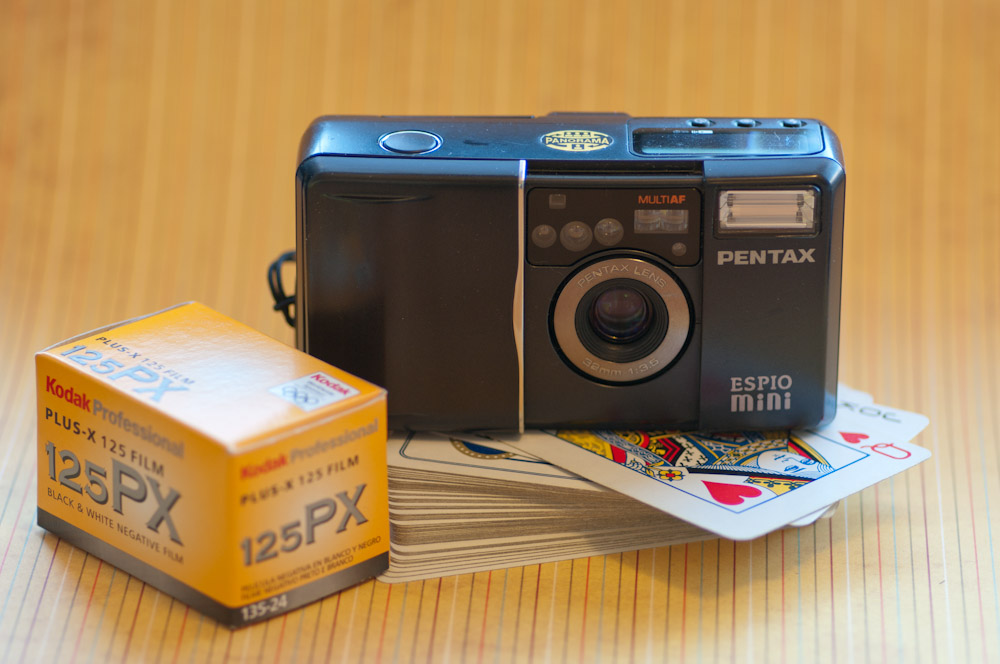
Oh no, my Pentax Espio Mini has developed a problem. The rewind motor is no longer rewinding the film all the way back after all the frames are exposed. The result is that I opened the back after the rewind only to find that the film was still there. I closed it quickly to limit the damage and then manually rewound the film in a dark bag (my backpack). So I think I lost about 4 frames near the beginning of the roll but more worrisom to me is the loss of my camera. I really like this little point and shoot and will have to begin a search for a replacement.
So what is so appealing about this camera? Well it’s extremely small, it has a fantastic 32mm f3.5 lens with three elements and has an accurate exposure system. The focus on this camera is very accurate with parallax correction in the viewfinder that allows framing when as close as the 12 inch minimum. I like that extra bit of view the 32mm gives over other cameras like the Olympus Stylus Epic /Konica Big Mini/Leica Mini or Yashica T3 with their 35mm lenses. And aside from the Olympus it is the smallest of the bunch.
And now for the images. These are from the previously mentioned light struck roll.
1 comment | tags: camera, film, Pentax | posted in Cameras, Photography
Mar
16
2012
I didn’t want to crowd the previous post about the Minolta V2 with a lot of images so I’m presenting them here separately. If you want to see the camera itself here is the first part Minolta V2 Part 1
The lens of the Minolta V2 has a focal length of 45mm which matches up nicely with the 42mm diagonal of the image formed on the film. It has a maximum aperture of F2.0 created from what I understand to be 6 elements with the shutter sandwiched somewhere in the middle. The aperture is formed via 8 blades and while they form an octagon it is nicely symmetrical. It creates a nice soft bokeh that isn’t at all busy.
Looking over the camera again I have to marvel at the design, there are so many edges and elements that exude quality and work together to create the whole. This camera even looks good from the side. I definetly need to use this camera more often and maybe try some portraits with it.
Here is a 100% crop from one of the images. This shows that stopped down from about f4 this lens is an excellent performer but with quite low contrast. Wide open it does have some distortion but it is part of it’s look.
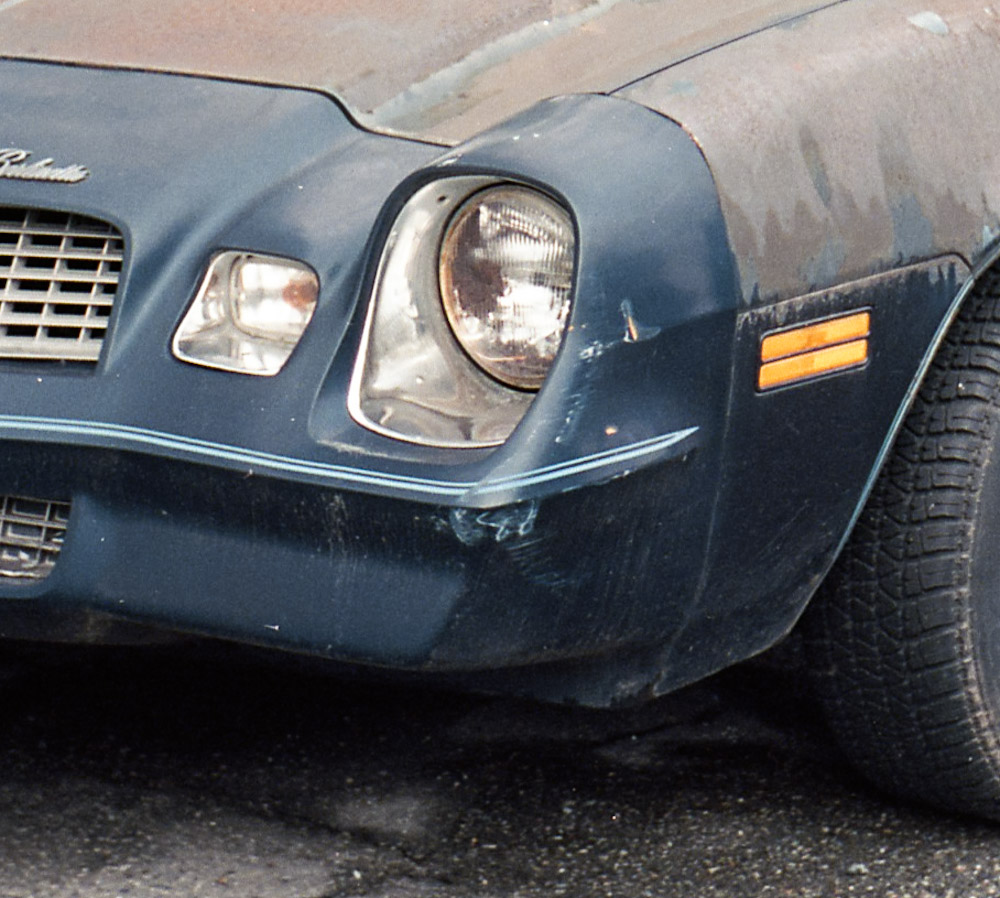
no comments | tags: camera, film, Minolta | posted in Cameras, Photography
Mar
14
2012
This is one of my all time favorite cameras, it has that certain look that defines the fixed lens rangefinder form.
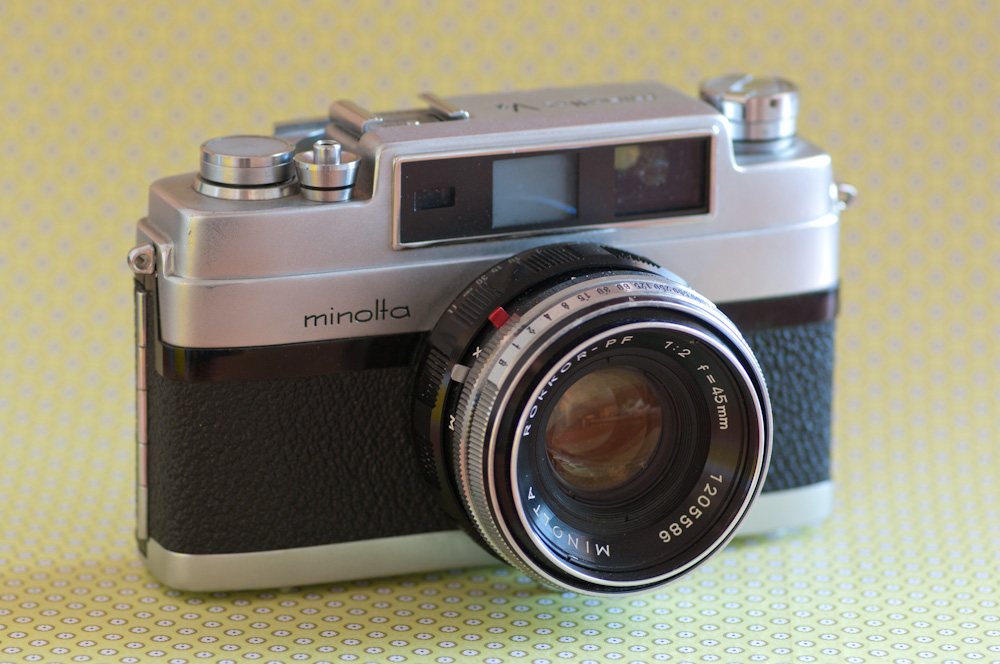
Every aspect of this camera is nicely done right down to the black band on the shutter release and film rewind that match the film advance leaver.
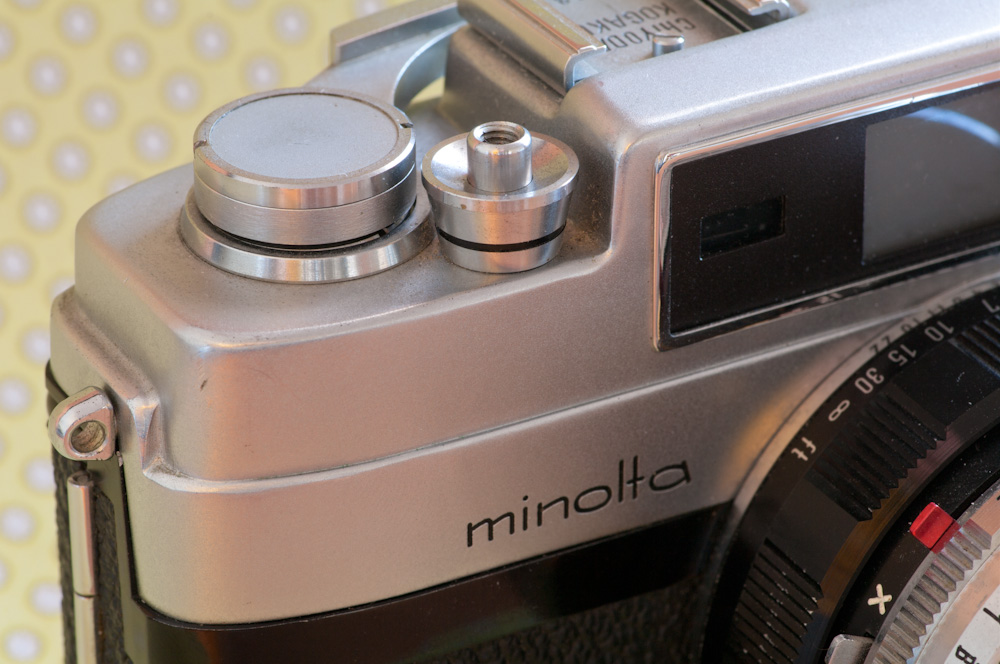
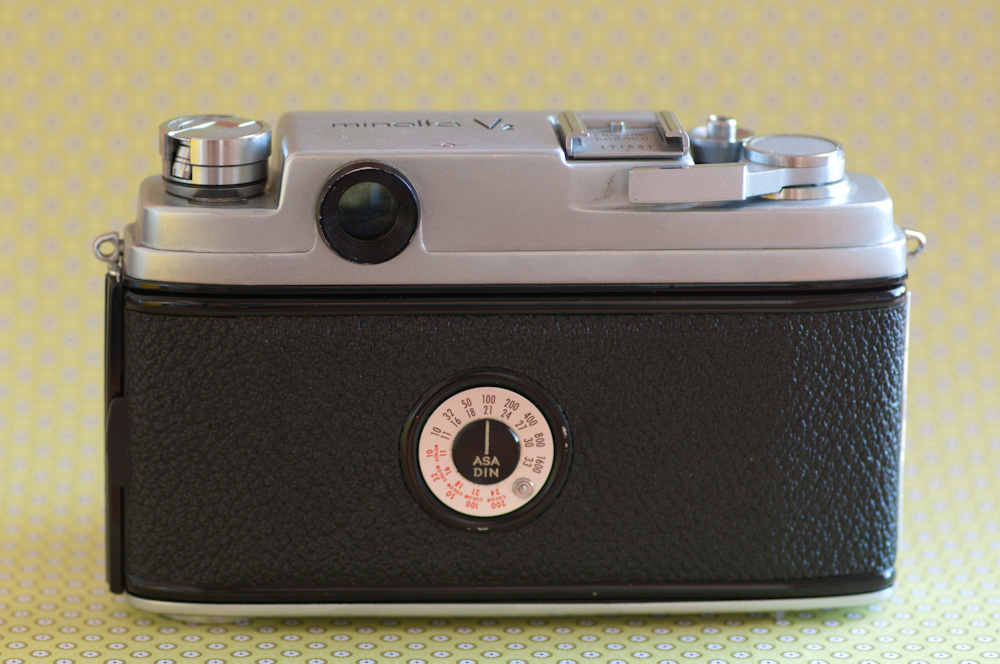
The defining technical detail of this camera must be it’s shutter which is capable of 1/2000 of a second. This was quite an achievement in 1958 with a leaf shutter. To reach this speed though the aperture is limited to maximum opening of f8. Both shutter and aperture control are on the lens with a small window providing the EV number for that combination. The same EV can be maintained will changing shutter and aperture by turning both dials together.
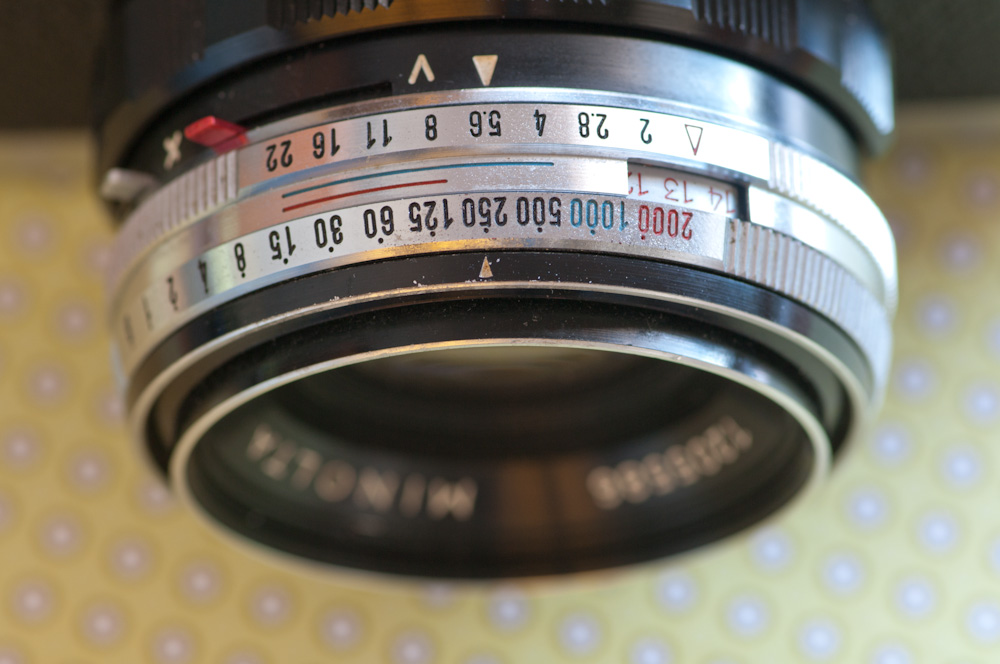
The viewfinder framelines automatically adjust for close focusing and the focus patch is a nice contrasty rectangle. Unfortunately my viewfinder frame is slightly askew which results in crooked horizons if you adhere to it as i did with my last roll of film.
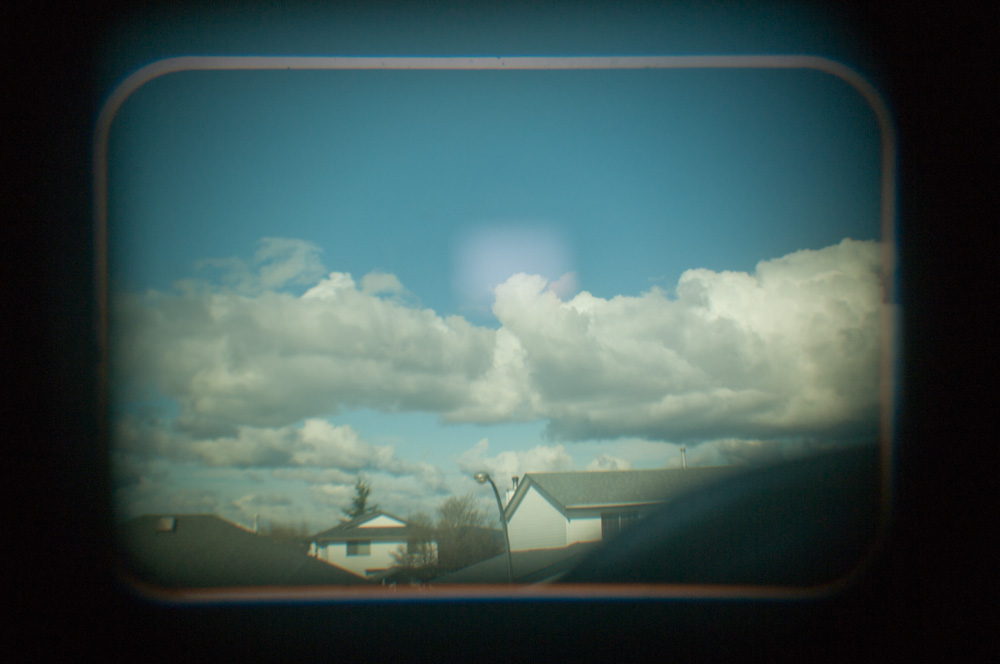
In the second part I’ll show some sample images and discuss the camera some more.
2 comments | tags: camera, film, Minolta | posted in Cameras, Photography
Mar
8
2012
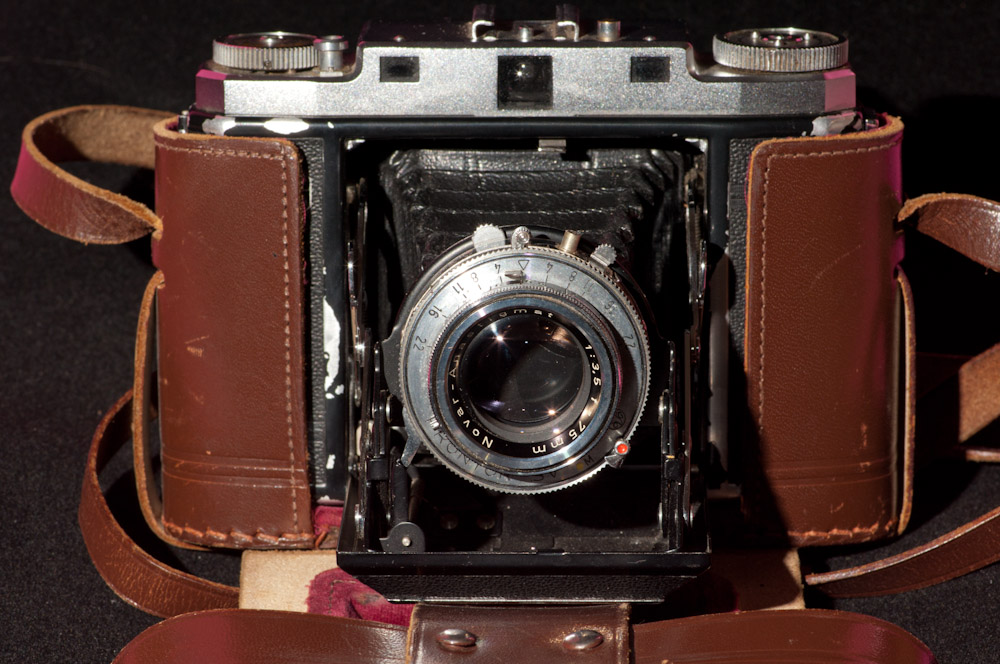
The Ikonta M creates a square negative on 120 film, yeilding 12 images per roll. Advancing the film requires viewing the frame number through the window on the back as is common for cameras of this age. The shutter itself resides with the lens at the end of the bellows but there is a shutter button on the body that releases it through a linkage. The shutter button is locked out until you advance the film, mostly preventing double exposures. Did I or didn’t I advance the film already?
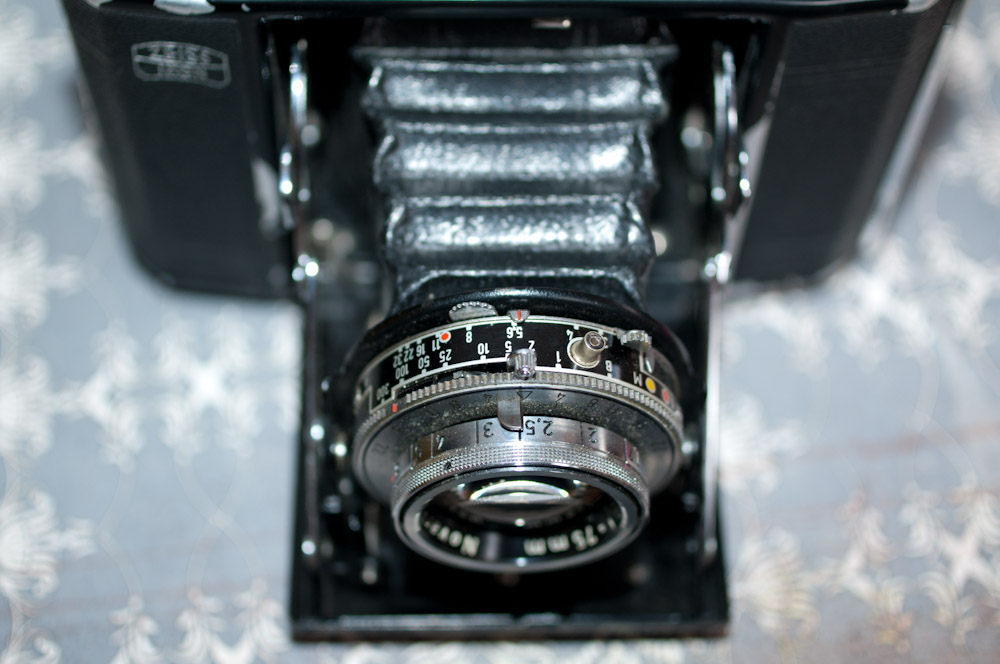
My favorite feature of this model though has to be it’s uncoupled rangefinder. By uncoupled I mean that it doesn’t actually change the focus, you have to remember to do that as well, but it indicates the distance on the rangefinder adjustment wheel.
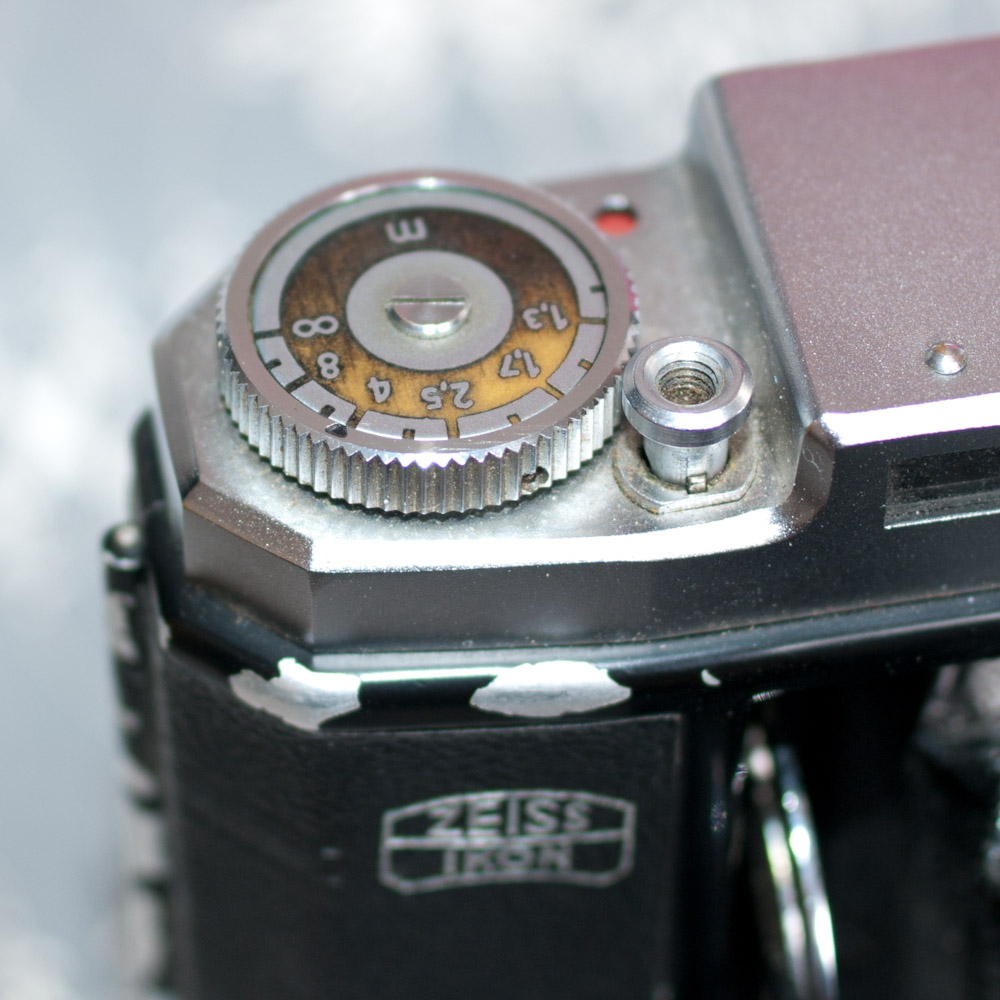
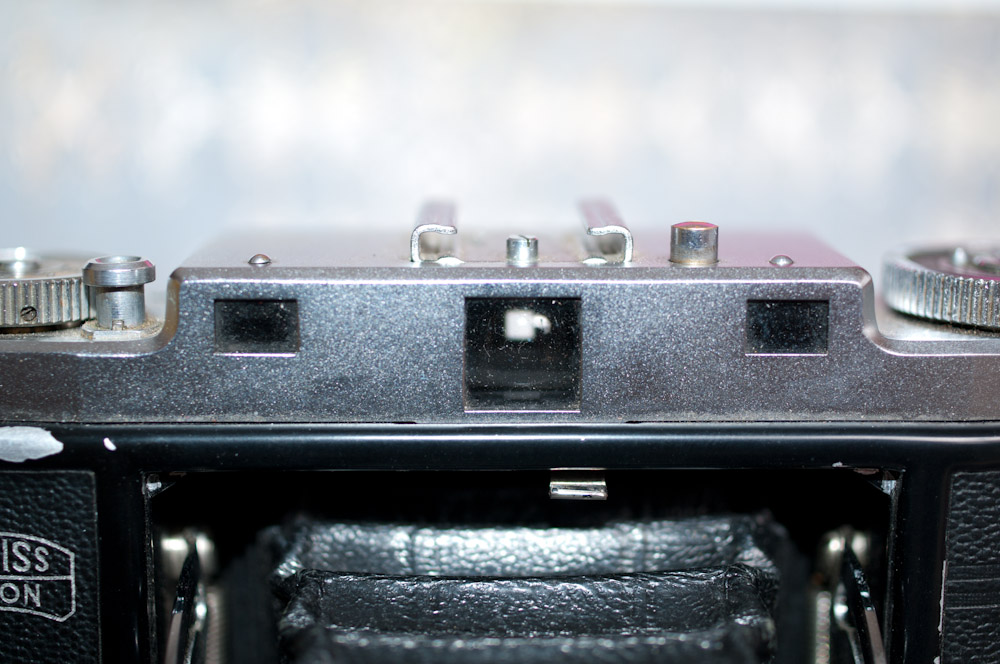
The rangefinder view is a magnification of the center allowing for more precise focusing, while framing is done in a seperate viewfinder. This is as combersome as it sounds; Find the distance with the rangefinder, transfer that distance to the lens, frame the image with the viewfinder, hey where did everyone go? These quirks though are what makes a camera like this interesting, if I just wanted pictures I would use a DSLR and be done with it.
3 comments | tags: camera, Zeiss | posted in Cameras, Photography
Mar
5
2012
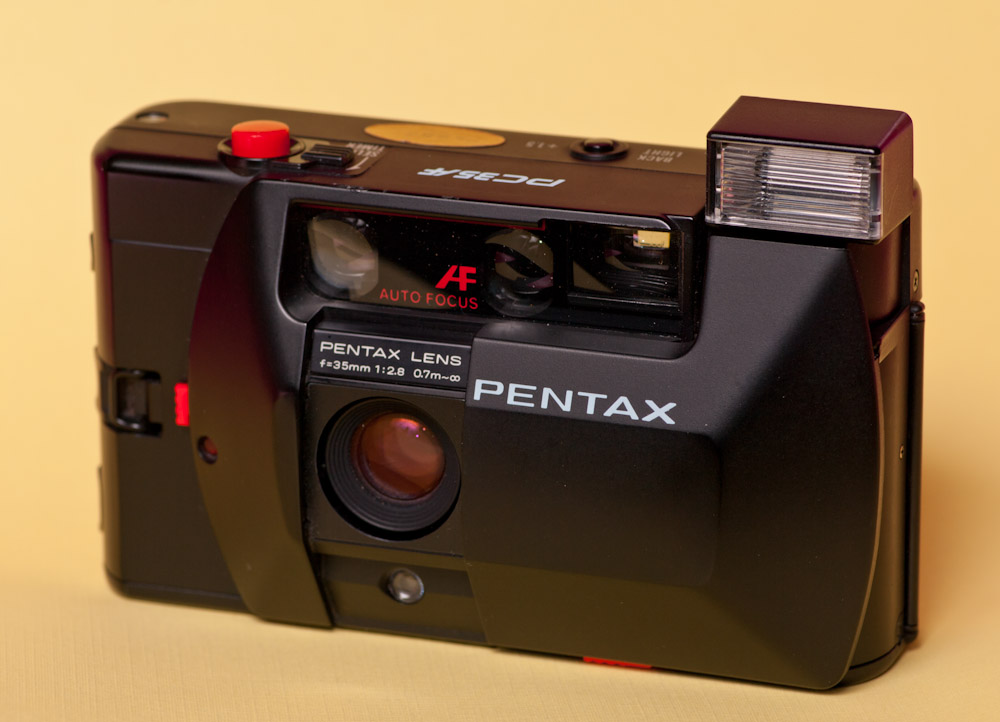
The Pentax PC35AF is yet another of the many 35mm fixed focal length cameras that where around in the 1980’s. Although slightly larger than the Olympus XA series of cameras it has a similar clamshell design and look. The PC35af though is an autofocus camera that still required manual winding of the film via a thumb wheel on the right hand side.
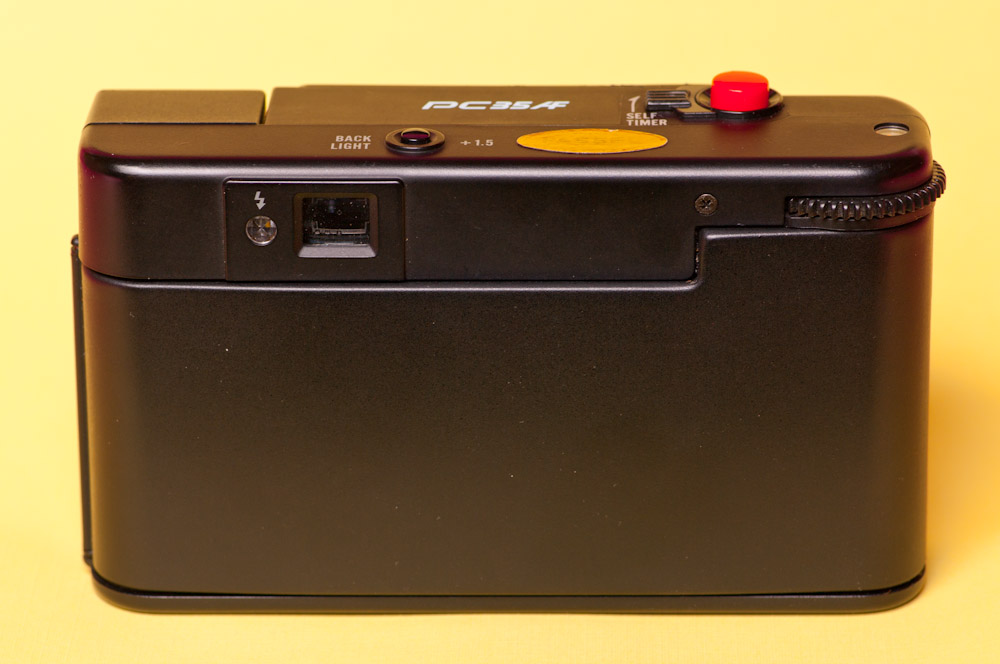
One nice thing about this camera is that it takes two regular AA batteries to run all it’s functions. The lens is comprised of 5 elements and has a respectable F2.8 maximum aperture . I like the minimalist design of the camera particularly when the clamshell is closed, it is however made of a somewhat slippery material and you need to be careful when holding it.
Operation is simple with only a +1.5 stop backlight over ride and the ability to lock focus and recompose. As I’ve stated many times I like the 35mm focal length finding it to be versatile and this camera does a decent job with several caviets, one is that the film speed is limited to a maximum of 400 ISO and the other is the lack of aperture or shutter control.
And now the requisite sample images.





1 comment | tags: film, PC35Af, Pentax | posted in Cameras, Photography
Mar
3
2012
So I’ve replaced the rear element of my lens that I’m claiming to be the thinnest pancake lens in the world and there is a definate improvement in the performance. I am now calling it the Wallalux Mark Ib 55mm f8.0 soft focus Multicoated pannenkoek lens. If that’s too much to say then just call it the W.

And here are some shots taken with it
2 comments | tags: lens, Pentax | posted in Cameras, Photography
Mar
2
2012

The canon Elph is a very diminutive yet substantial APS film camera that came out in 1996. So many camera’s since have used the Elph moniker but this was Canon’s first as well as their first APS camera. It only has a 2 times zoom and a very pedestrian F4.5 maximum aperture but these are the sort of compromises that were made to create such a small camera. It weighs 180 grams but feels like so much more, I think because of how dense it is. The shell is made from a stainless steel alloy according to Canon and based on the small nicks and dings in my second hand copy it can take quite a beating. It has few features for creative control such as a +1.5 EV backlight exposure compensation that is determined by the camera and not user selectable. It does allow slow speed flash sync and with a half press of the shutter you can focus and recompose.
This camera in my opinion is an important milestone in the miniaturization of cameras as well as design, so many digital point and shoot cameras since have had similar styling that it’s hard not to see this as the precedent of the form. As for the images produced they are actually not bad as long as they are viewed at a reasonably small size such as 5×7″ which was really the intent of these cameras, to be small and carry anywhere camera to document life, before digital cameras and cell phone cameras ever came to market. The Elph IX240 even came with a case that had a belt loop so you could carry it on your hip, at a time I might add when cell phones didn’t.
5 comments | posted in Cameras, Photography, Uncategorized
Feb
28
2012
I’m not a corporation so I think I can make a claim like that without the need to back it up, this is the Internet right?
Introducing the Wallalux 55mm (Mark I) pannenkoek lens in K-mount
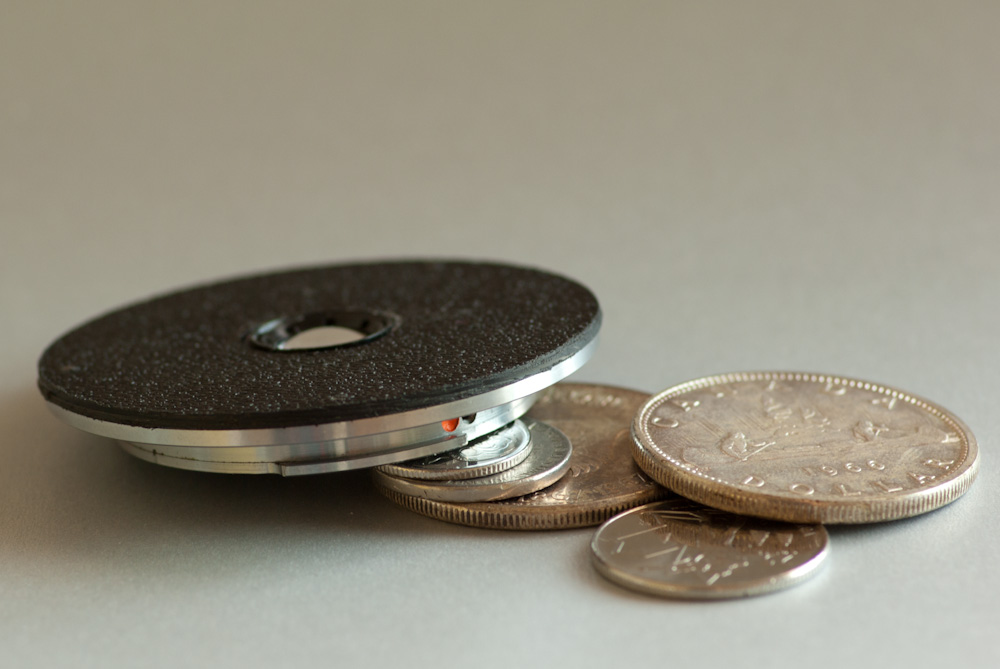
Your awestruck right? Recently Pentax announced the smc PENTAX-DA 40mm F2.8 XS, which may be the worlds thinnest interchangable lens, so I decided to see if I could beat that. Granted my lens has a fixed aperature of about f8.0 and can’t actually be focused and it’s 55mmish focal length works out to about 82mm on an APSc camera. So let me just recap here it’s an 82mm equivelent f8.0 fixed focus lens, but it is really thin.
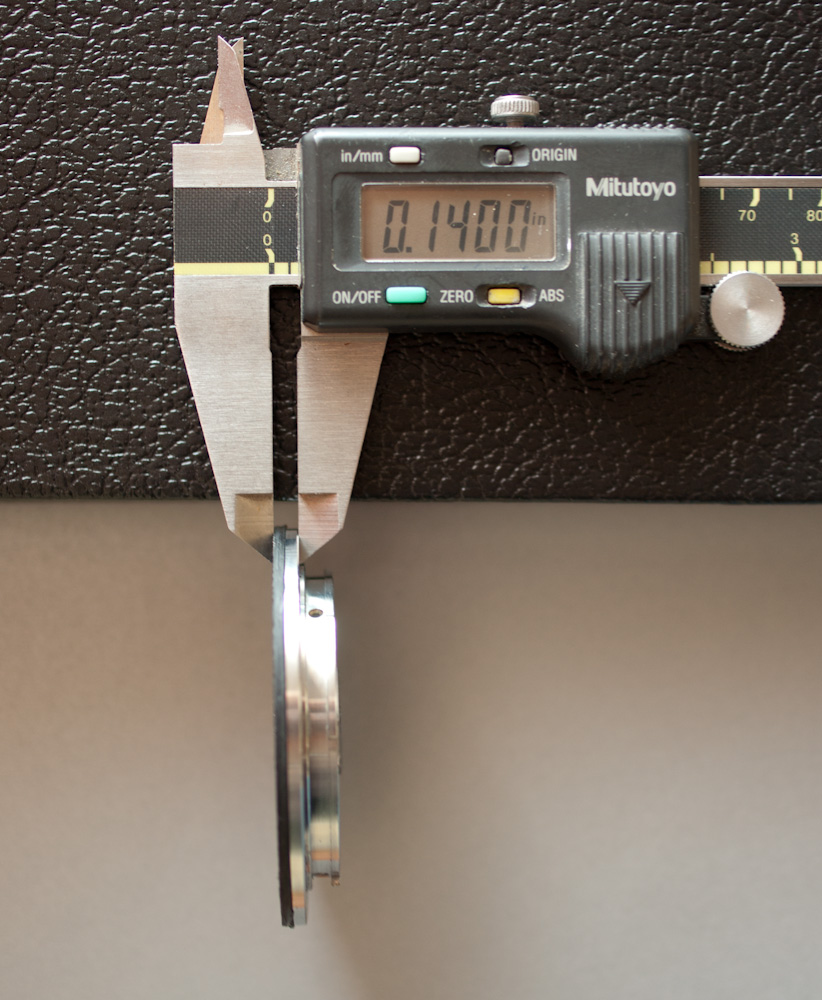
Yes that’s 0.14 inches or 3.55mm thick, this is the amount of the lens that protrudes outside the camera, which is less than the 9.2mm of the Pentax lens
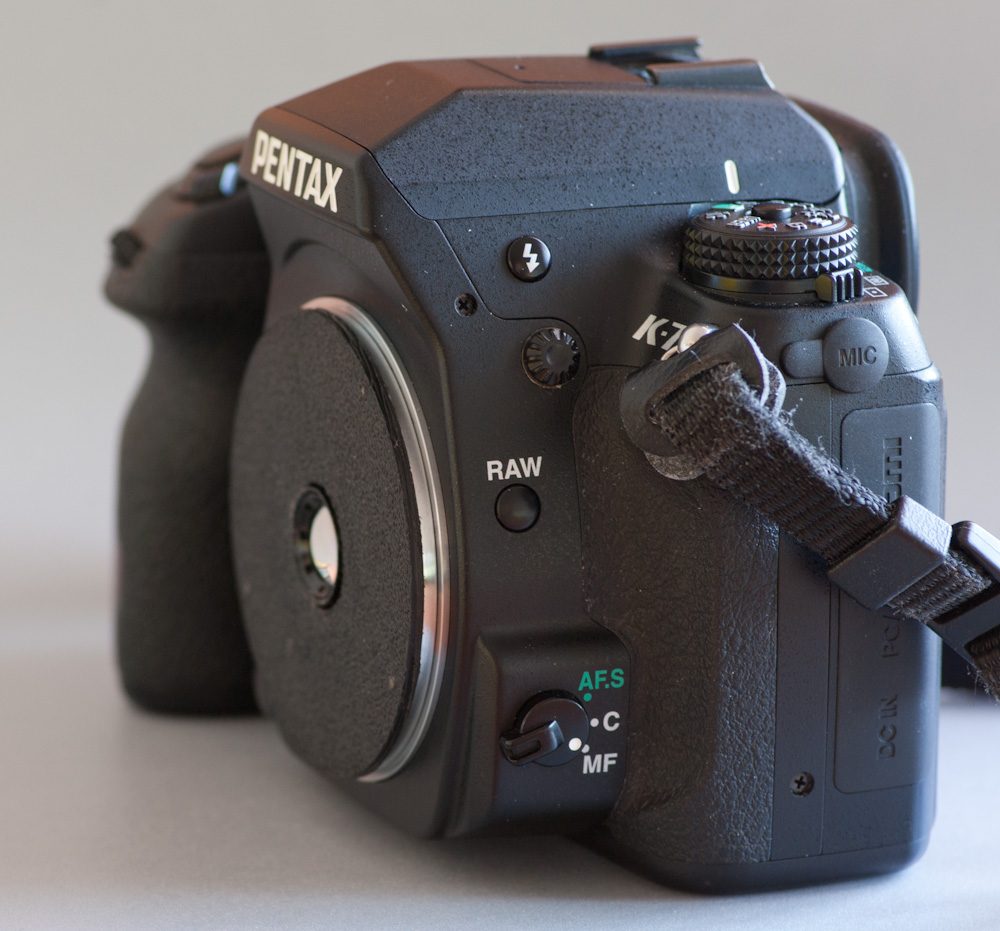
But your probably wondering “Yes it’s thinner than a cracker but does it take better pictures?” Well I’m here to tell you that taking pictures with a cracker is ridiculous (I will have to try that though) and that it does indeed work. Keep in mind this is the Mark I version and by the time I get to the Mark IV it will be amazing with all the latest technology (we’re still on the Internet right?) That or I will just build something else entirely which seems more likely.
Here are a couple sample images taken with the Wallalux 55mm (Mark I) pannenkoek lens, enjoy.
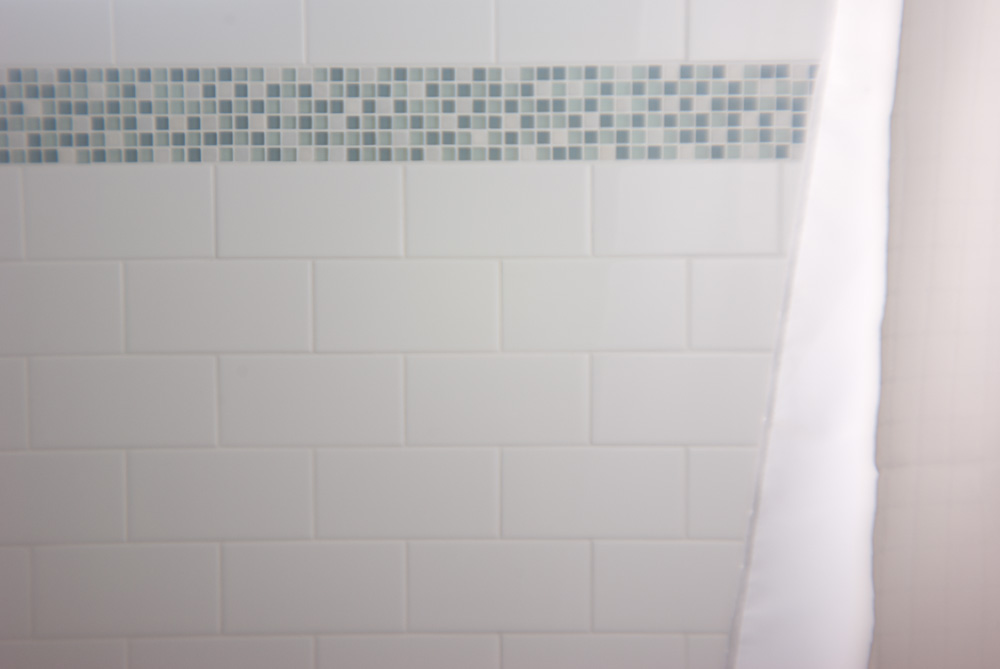
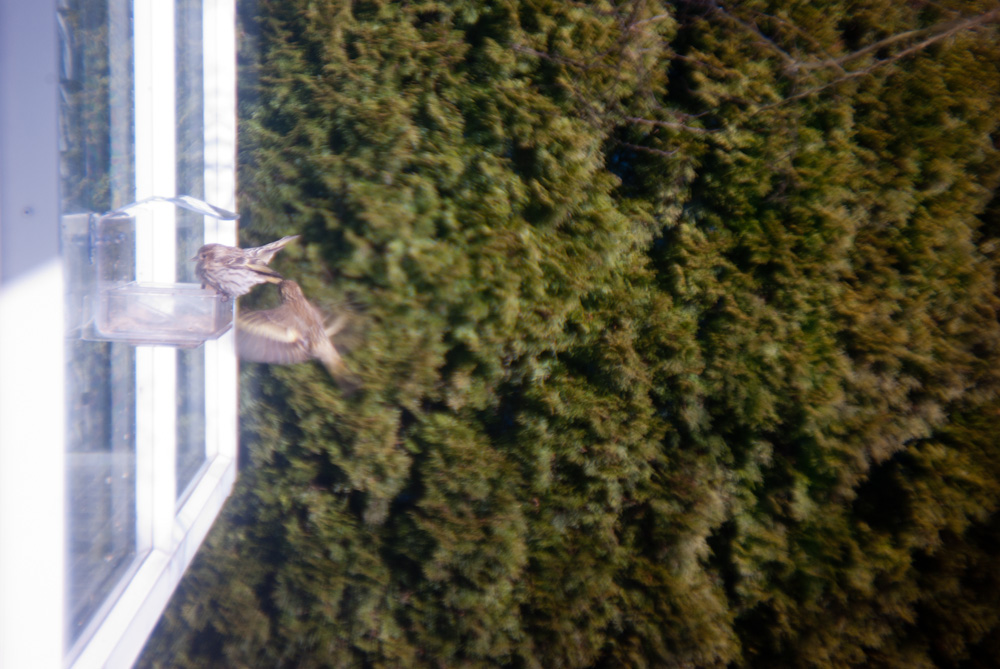
Any aberrations you see are likely caused by the rear element I am using to make the lens work with the K-mount registration distance, I’m hoping to replace that element in the Mark Ib.
6 comments | tags: K-mount, lens, Pentax, Photography | posted in Cameras, Photography











